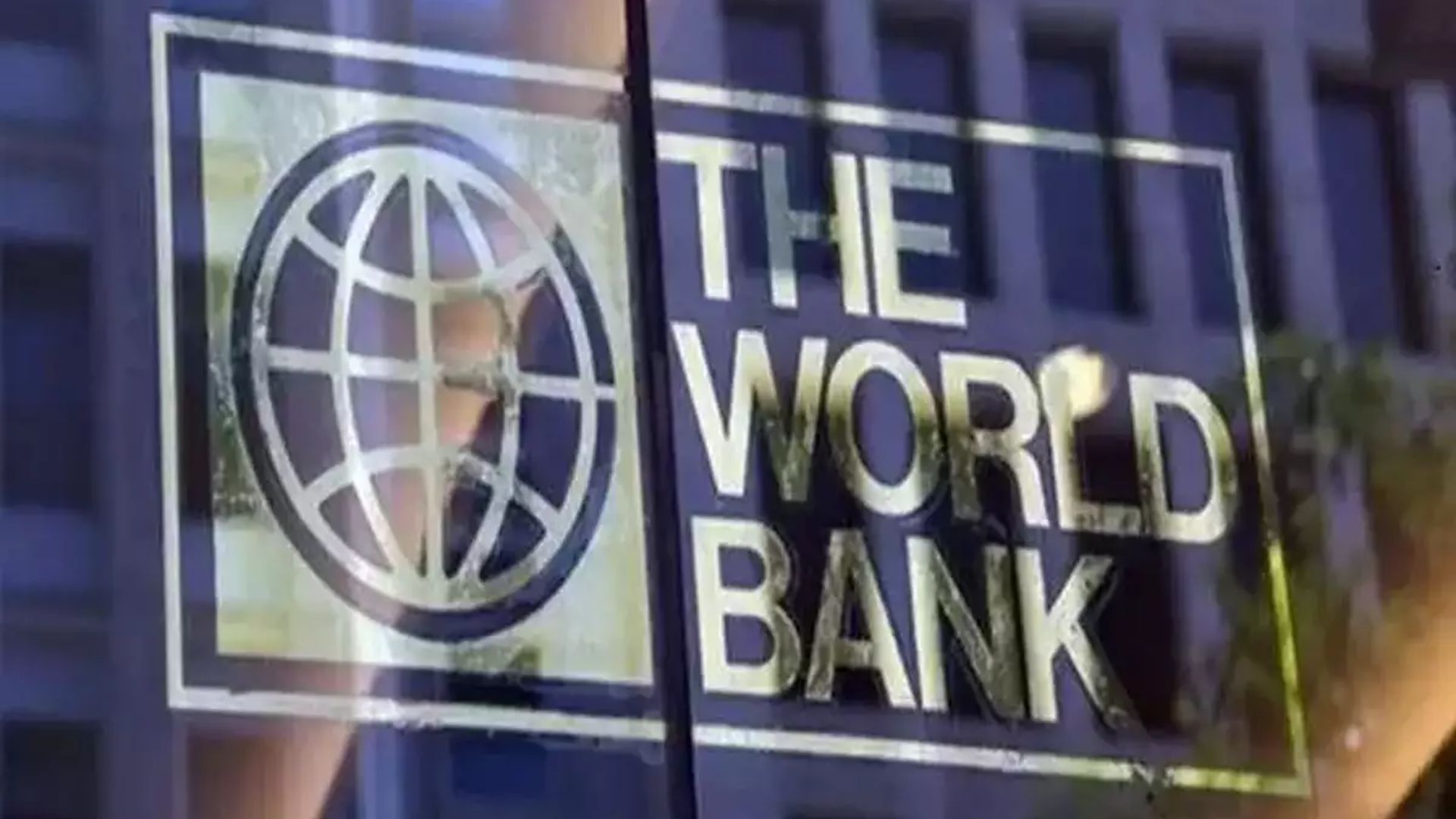


Remittances to low- and middle-income countries (LMICs) will continue to rise in 2023, according to the World Bank’s most recent Migration and Development Brief, albeit at a slower rate than in prior years. The World Bank claims that the report draws attention to the changing dynamics in the remittance landscape while highlighting India’s noteworthy position as the top recipient of remittances. In 2023, remittances to low- and middle-income countries increased by an estimated 3.8%, amounting to USD669 billion. Strong labor markets in developed nations and Gulf Cooperation Council (GCC) nations were essential in enabling migrants to send money home.
The report suggests a potential risk of a decline in real income for migrants in 2024 due to global inflation and low growth prospects.
In the South Asian region, remittance flows to India experienced notable growth, contributing to the overall positive trend. South Asia, as a whole, witnessed a 7.2 per cent increase in remittances in 2023.
The Indian economy, buoyed by a tight labour market in the United States and robust employment growth in Europe, outperformed previous forecasts by reaching USD125 billion in remittances for the year.
Despite the positive trajectory, the report underscores challenges and potential risks. The Middle East and North
Africa saw a decline in remittance flows for the second consecutive year, mainly driven by a sharp drop in flows to Egypt.